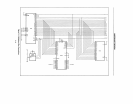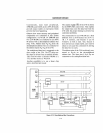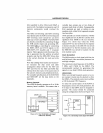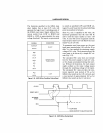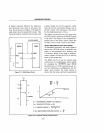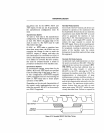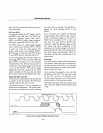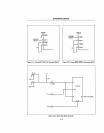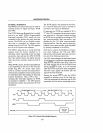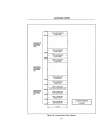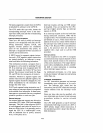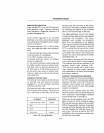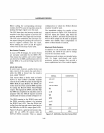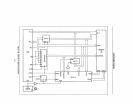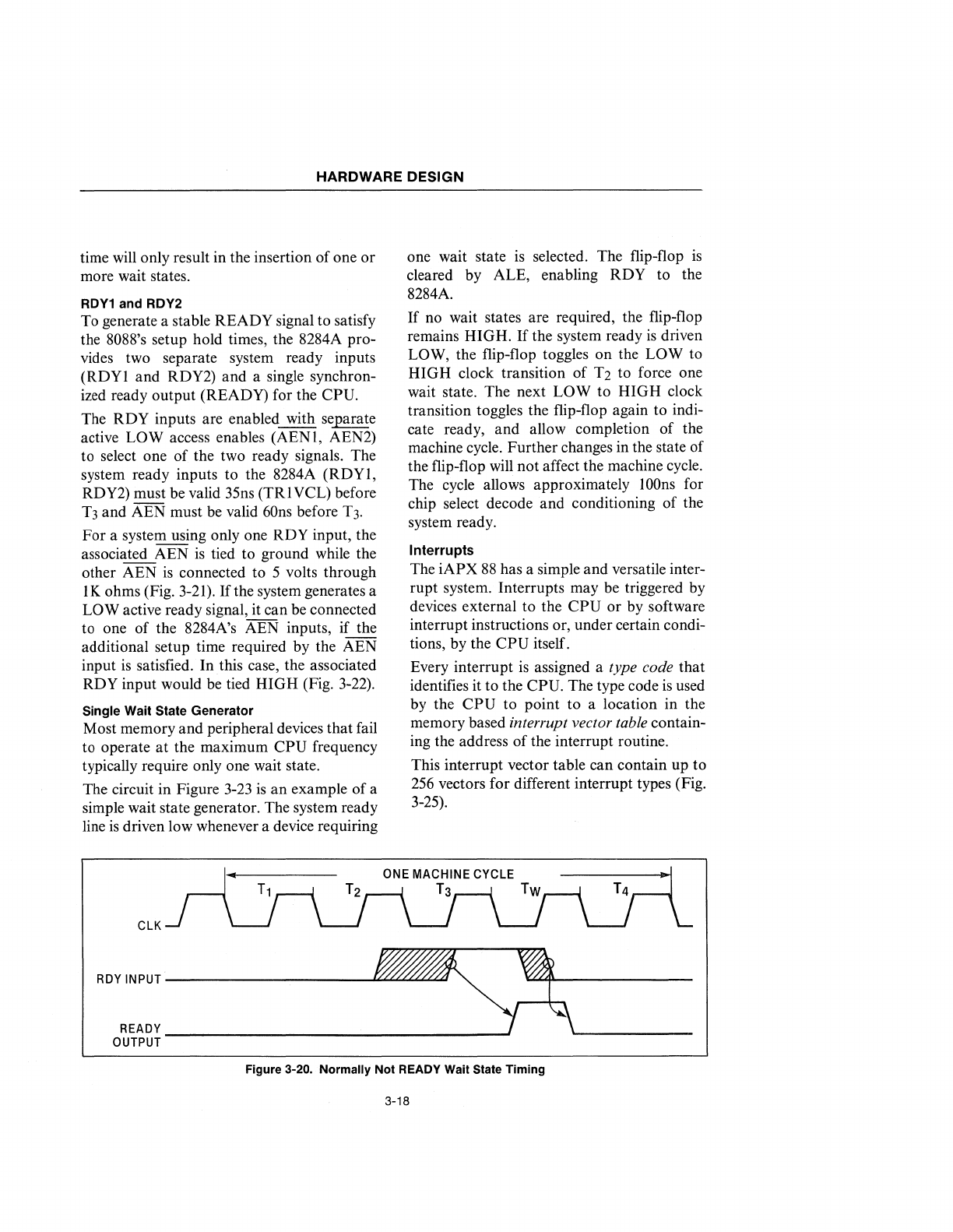
HARDWARE DESIGN
time will only result in the insertion of one or
more wait states.
RDY1 and RDY2
To
generate a stable READY signal to satisfy
the 8088's setup hold times, the 8284A pro-
vides two separate system ready inputs
(RDYI and RDY2) and a single synchron-
ized
ready output (READY) for the CPU.
The RDY inputs are enabled with separate
active
LOW access enables (AENI, AEN2)
to select one of the two ready signals. The
system ready inputs to the 8284A
(RDYI,
RDY2) must be valid 35ns (TRI VCL) before
T3
and AEN must be valid
60ns
before
T3.
For a system using only one RDY input, the
associated AEN
is
tied to ground while the
other AEN
is
connected to 5 volts through
lK
ohms (Fig.
3-21).
If
the system generates a
LOW active ready signal, it can be connected
to one of the 8284A's AEN inputs, if the
additional setup time required by the AEN
input
is
satisfied. In this case, the associated
RDY input would be tied HIGH (Fig.
3-22).
Single Wait State Generator
Most memory and peripheral devices that fail
to operate
at
the maximum
CPU
frequency
typically require only one wait state.
The circuit in Figure
3-23
is
an example of a
simple wait state generator. The system ready
line
is
driven low whenever a device requiring
eLK
one wait state
is
selected. The flip-flop
is
cleared by ALE, enabling RDY to the
8284A.
If
no wait states are required, the flip-flop
remains HIGH.
If
the system ready
is
driven
LOW, the flip-flop toggles on the LOW to
HIGH clock transition of
T2
to force one
wait state. The next
LOW to HIGH clock
transition toggles the flip-flop again to indi-
cate ready, and allow completion of the
machine cycle. Further changes in the state of
the flip-flop
will
not affect the machine cycle.
The cycle allows approximately
lOOns
for
chip select decode and conditioning of the
system ready.
Interrupts
The iAPX
88
has a simple and versatile inter-
rupt system. Interrupts may be triggered
by
devices external to the
CPU
or
by
software
interrupt instructions or, under certain condi-
tions, by the
CPU itself.
Every interrupt
is
assigned a type code that
identifies it to the CPU. The type code
is
used
by
the
CPU
to point to a location in the
memory based
interrupt vector table contain-
ing the address of the interrupt routine.
This interrupt vector table can contain up to
256
vectors for different interrupt types (Fig.
3-25).
RDYINPUT
~
~
READY
_______________________
~
____________
~
~,
___________
_
OUTPUT
Figure 3-20. Normally Not
READY
Wait State Timing
3-18



